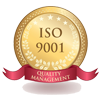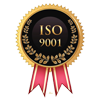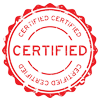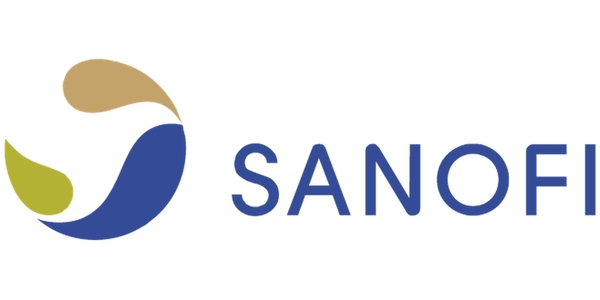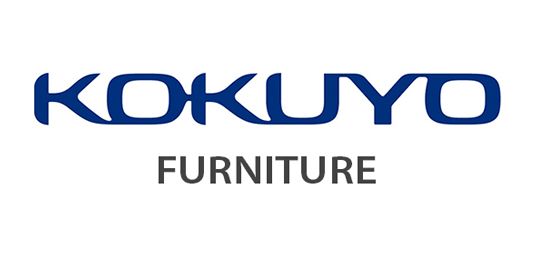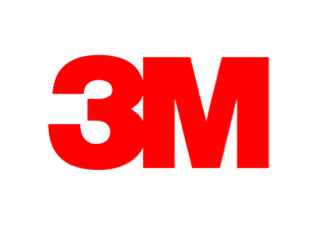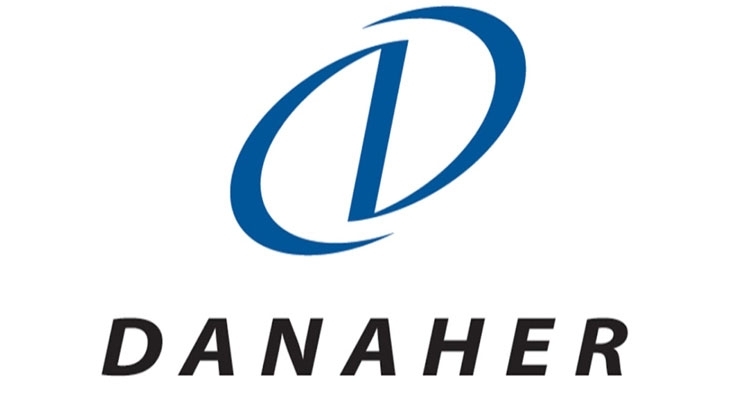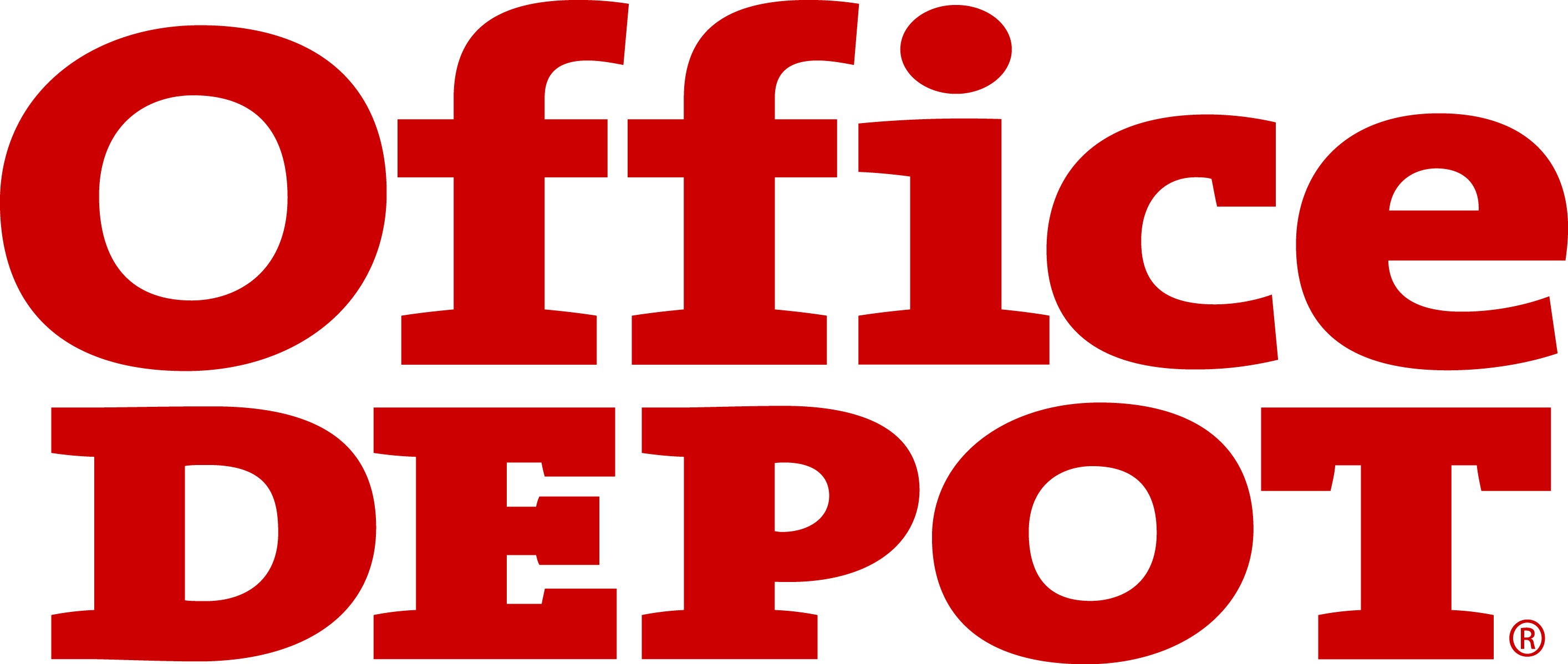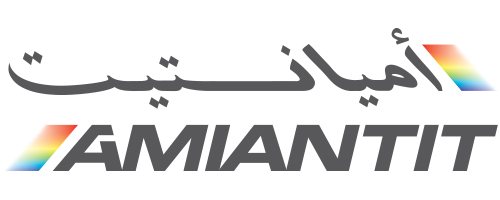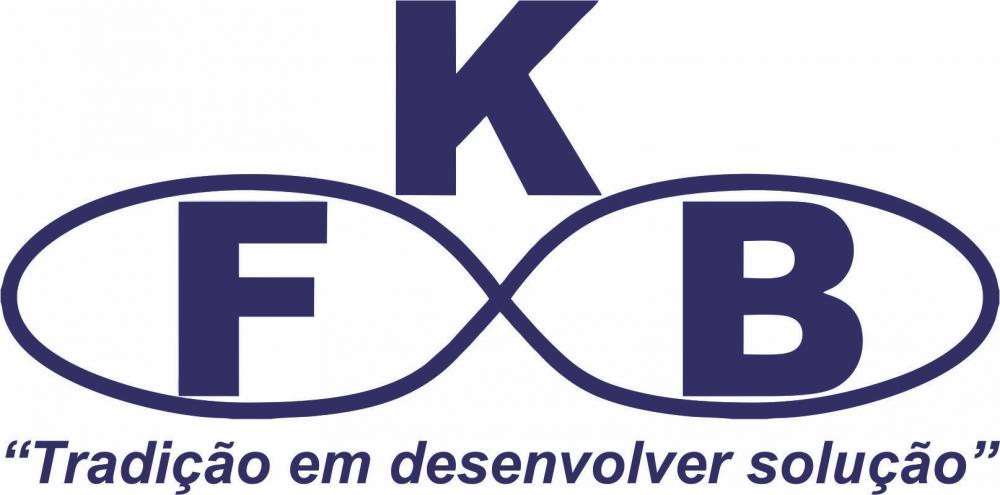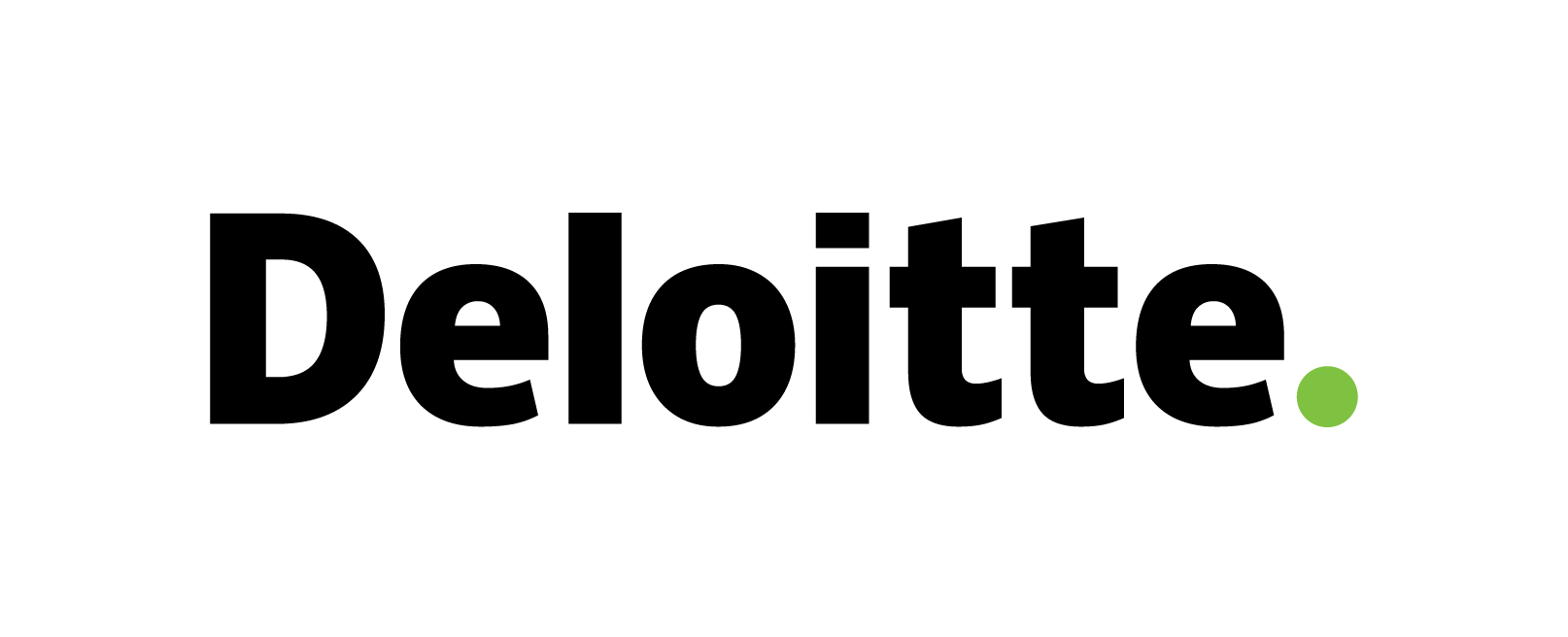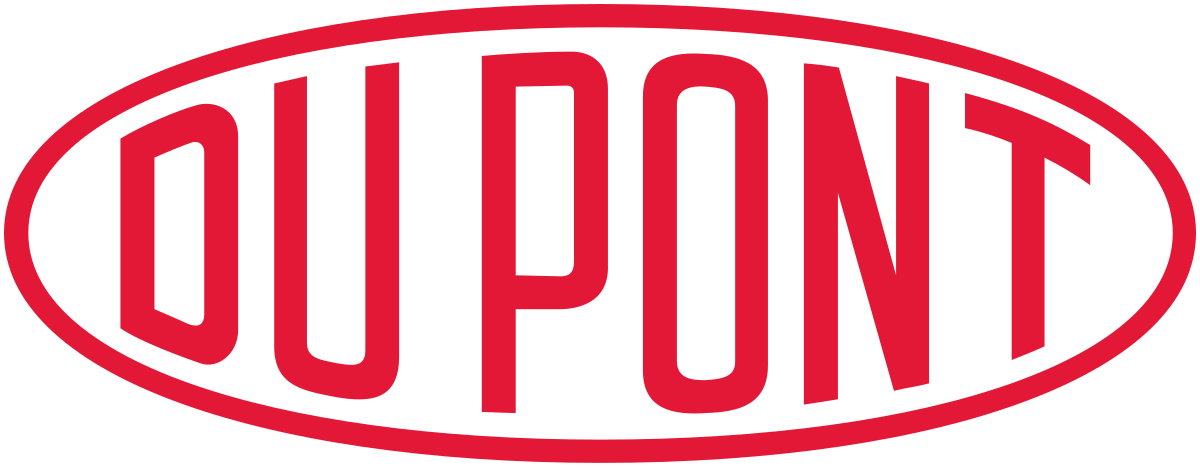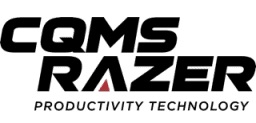Automotive LED Lighting Market
Automotive LED Lighting Market Trend, Opportunity, and Forecast Analysis, 2024-2032
Automotive LED Lighting Market is segmented by Technology, Application, Vehicle, Type and by Region. KDMI analyst foresees market revenue to cross USD 33.26 Billion by 2032 by growing with a CAGR of 4.6% during 2024-2032.
Automotive LED Lighting Market Highlights
The global automotive LED lighting market is expected to cross a value of USD 33.26 billion by the end of 2032. The market was valued at USD 24.61 billion in 2023 and is expected to expand at a CAGR of 4.6% between 2024-2032.
- Over the mid-term, the rise in adoption of energy-efficient lighting solutions is the primary factor anticipated to drive the global automotive LED lighting market.
- The high cost of LED lighting systems is a major factor to challenge the market growth.
- The Asia Pacific automotive LED lighting market is projected to dominate the global market.
Automotive LED Lighting Market: Report Scope |
|
|
Base Year |
2023 |
|
Base Year Market Size |
USD 24.61 Billion |
|
Forecast Year |
2024-2032 |
|
Forecast Year Market Size |
USD 33.26 Billion |
|
CAGR Value |
4.6% |
|
Automotive LED Lighting Market Key Trends/Major Growth Drivers |
|
|
Restraint Factors |
|
|
Automotive LED Lighting Market Segmentation |
|
|
Automotive LED Lighting Market Key Players |
Robert Bosch, HELLA GmbH & Co. KGaA, Johnson Electric, Denso Corporation, Continental AG Koito Manufacturing, Magnetic Marelli, Valeo, HELLA GmbH & Co. KGaA, Stanley Electric, and others. |
Automotive LED Lighting Market Outlook
The use of Light Emitting Diodes (LEDs) in various lighting applications within vehicles is known as automotive LED lighting. These lighting are used in headlights, daytime running lights (DRLs), tail lights and brake lights, turn signals, interior lighting, and dashboard & instrument panel lighting among others.
According to our researchers at KD Market Insights, the rise in adoption of energy-efficient lighting solutions is one of the major factors anticipated to drive the growth of the global automotive LED lighting market. The automotive industry is increasingly adopting LED lighting solutions due to their energy efficiency and long lifespan compared to traditional halogen and incandescent bulbs. Our researchers have found that LED bulbs have a lifespan ranging from 50,000 hours of light to as many as 100,000 hours of light. These hence allows automakers to provide superior lighting performance of the vehicles, which is expected to contribute to the market growth. Koito Manufacturing, Magnetic Marelli, and Valeo are some of the significant parties in the global market for automotive LED lighting.
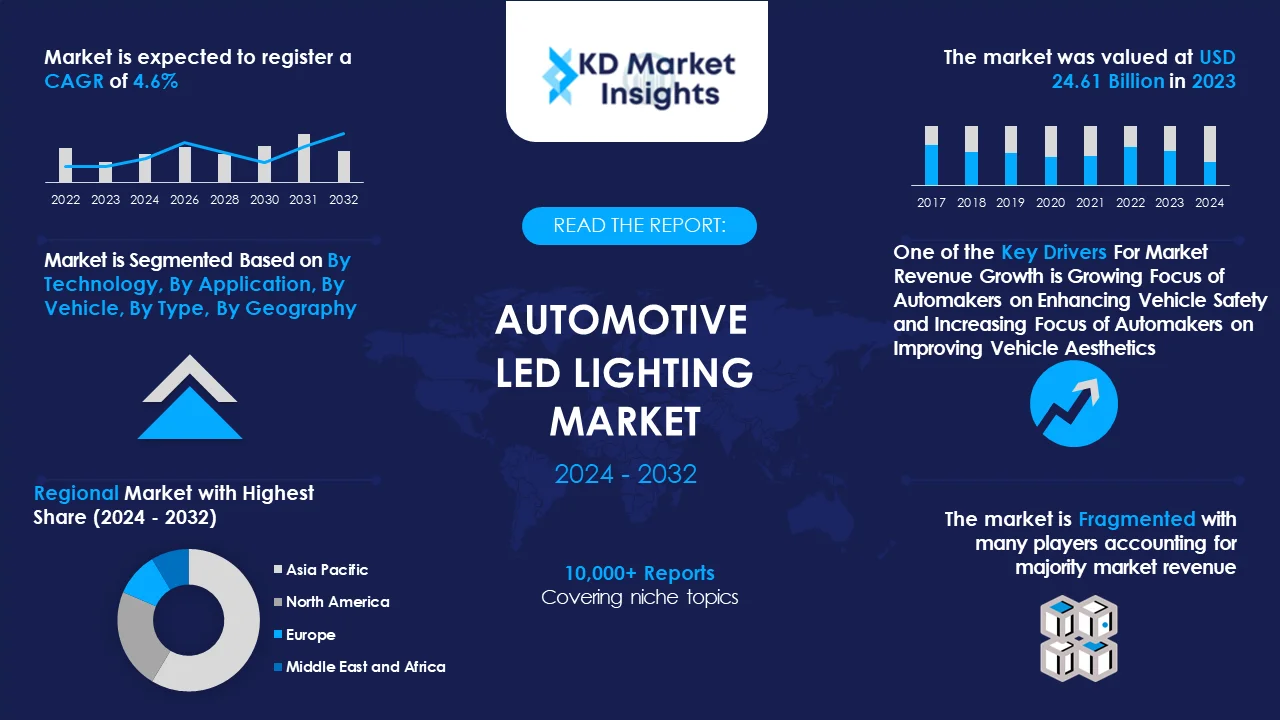 Get More Insights on This Report - Request Free Sample PDF
Get More Insights on This Report - Request Free Sample PDF
Automotive LED Lighting Market Drivers – Analyst’s Observation
According to the analysts at KD Market Insights, some key growth drivers for the global automotive LED lighting market are:
- Growing Focus of Automakers on Enhancing Vehicle Safety: With the increasing concern for vehicle-related accidents, automakers around the globe are increasingly focusing on enhancing vehicle safety. According to the World Health Organization (WHO), every year the lives of about 1.19 million people are reduced due to road traffic crash. As LED lighting offers advanced safety features such as improved visibility, faster response times, and adaptive lighting capabilities, enhancing driver safety and comfort, the automakers are increasingly integrating LED lighting solutions, supported by the rapid adoption of advanced driver assistance systems (ADAS), which is expected to promote the market growth in the coming years.
- Increasing Focus of Automakers on Improving Vehicle Aesthetics: LED lighting allows automakers to differentiate their vehicles through distinctive lighting designs, signature lighting elements, and dynamic lighting effects. As a result, vehicle manufacturers are increasingly utilizing LED lights to have greater design flexibility and to create visually appealing lighting solutions, such as smart lighting for mood enhancement, also known asn mood lighting, that enhances their brand identity and customer appeal. Such a factor is therefore expected to drive the growth of the automotive LED lighting market during the forecast period.
Which Probable Factors Could Hamper the Growing Automotive LED Lighting Market Trend?
As per our KD Market Insights analysis, some of the challenges expected to limit the global market growth of automotive LED lighting are:
- High Cost of LED Lighting Systems: LED lighting systems often have a higher initial cost compared to traditional lighting technologies such as halogen bulbs. This higher upfront cost may deter price-sensitive consumers and automakers from adopting LED lighting, especially in regions with price-sensitive markets.
- Greater Concerns for Complexities with the Integration of LED Lighting: Integrating LED lighting systems into vehicles may require modifications to existing designs and electrical systems. This increases the overall installation costs for automakers, particularly for retrofitting LED lighting systems into older vehicles. Such a factor is therefore expected to limit the market growth in the coming years.
How is the Global Automotive LED Lighting Market Segmented?
Our experts at KD Market Insights have segmented the global automotive LED lighting market as:
|
By Technology |
|
|
By Application |
|
|
By Vehicle |
|
|
By Type |
|
|
By Region |
|
What are the Probable Factors Influencing the Asia Pacific Automotive LED Lighting Market Forecast?
The Asia Pacific automotive LED lighting market is majorly driven by rapid expansion of the automotive industry in the region, as the region holds some of the world’s largest automotive markets, including China, Japan, and India. The region is also witnessing a surge in the production of vehicles year over year, which is also expected to drive the demand for automotive LED lighting. According to the statistics by the International Organization of Motor Vehicle Manufacturers (OICA), the number of vehicles produced in the Asia-Oceania region grew from 49333841 units in the year 2019 to 5515837 units in the year 2023. The market growth in the region is also projected to grow on account of the ongoing advancements in LED technology, such as improvement in brightness, efficiency, and design flexibility.
As per our analysts at KD Market Insights, the following five players lead the Asia Pacific automotive LED lighting market growth:
- Koito Manufacturing Co., Ltd.
- Stanley Electric Co., Ltd.
- Hella Asia Singapore Pte Ltd.
- Varroc Lighting Systems
- ZKW Group
|
Key Countries to Watch for in Asia Pacific Automotive LED Lighting Market |
Key Insights |
|
China Automotive LED Lighting Market to Register the Largest Regional Market Share in 2032 |
USD 3.99 Billion |
|
Japan Automotive LED Lighting Market to Grow with the Highest CAGR During 2024-2032 |
4.7% |
Which Key Players Top the Global Automotive LED Lighting Market Share?
As per our analysts at KD Market Insights, the competitive landscape of global automotive LED lighting market facilitates our readers in identifying their closest competitors. The manufacturers who are associated with automotive LED lighting market are raising their focus on expanding their presence, as well as their market share. The market has also been witnessing an upward movement in the number of collaborations between research institutions and key players, aimed at introducing advanced technologies and innovation of new products. Here is a list of the key players who top the global automotive LED lighting market share:
- Robert Bosch
- HELLA GmbH & Co. KGaA
- Johnson Electric
- Denso Corporation
- Continental AG
- Koito Manufacturing
- Magnetic Marelli
- Valeo
- HELLA GmbH & Co. KGaA
- Stanley Electric
What are the Recent Developments Observed in the Automotive LED Lighting Market?
Over the years, the experts at KD Market Insights have been observing the recent developments associated with global automotive LED lighting market trends. Our expert’s market forecast analysis has recorded the market players adopting plentiful of key strategies including new product launches, mergers & acquisitions, and collaborations.
For instance, Marelli stated that it has achieved a groundbreaking advancement in automotive front lights in collaboration with ams OSRAM. The new automotive front light, known as h-Digi microLED module, facilitates adaptive and dynamic headlight capability in addition to picture projection.
Further, Broadcom shared that it has purchased VMware upon the approval from the Chinese regulatory authorities.
Research Methodology
Market Definition and List of Abbreviations
1. Executive Summary
2. Growth Drivers & Issues in Automotive LED Lighting Market
3. Automotive LED Lighting Market Trends
4. Opportunities in Automotive LED Lighting Market
5. Recent Industry Activities, 2021
6. Porter's Five Forces Analysis
7. Market Value Chain and Supply Chain Analysis
8. Automotive LED Lighting Market Size (USD Million), Growth Analysis and Forecast, 2021-2027
9. Automotive LED Lighting Market Segmentation Analysis, By Position
9.1. Introduction
9.2. Market Attractiveness, By Position
9.3. BPS Analysis, By Position
9.4. Front Market Size & Forecast (USD Million), 2021-2027
9.5. Rear Market Size & Forecast (USD Million), 2021-2027
9.6. Side Market Size & Forecast (USD Million), 2021-2027
9.7. Interior Market Size & Forecast (USD Million), 2021-2027
10. Automotive LED Lighting Market Segmentation Analysis, By Vehicle Type
10.1. Introduction
10.2. Market Attractiveness, By Vehicle Type
10.3. BPS Analysis, By Vehicle Type
10.4. Passenger Car Market Size & Forecast (USD Million), 2021-2027
10.5. Light Commercial Vehicle Market Size & Forecast (USD Million), 2021-2027
10.6. Heavy Commercial Vehicle Market Size & Forecast (USD Million), 2021-2027
11. Automotive LED Lighting Market Segmentation Analysis, By Sales Channel
11.1. Introduction
11.2. Market Attractiveness, By Sales Channel
11.3. BPS Analysis, By Sales Channel
11.4. OEM Market Size & Forecast (USD Million), 2021-2027
11.5. After Market, Market Size & Forecast (USD Million), 2021-2027
12. Geographical Analysis
12.1. Introduction
12.2. North America Market Size (USD Million), 2021-2027
12.2.1. By Position
12.2.1.1. Introduction
12.2.1.2. Market Attractiveness, By Position
12.2.1.3. BPS Analysis, By Position
12.2.1.4. Front Market Size & Forecast (USD Million), 2021-2027
12.2.1.5. Rear Market Size & Forecast (USD Million), 2021-2027
12.2.1.6. Side Market Size & Forecast (USD Million), 2021-2027
12.2.1.7. Interior Market Size & Forecast (USD Million), 2021-2027
12.2.2. By Vehicle Type
12.2.2.1. Introduction
12.2.2.2. Market Attractiveness, By Vehicle Type
12.2.2.3. BPS Analysis, By Vehicle Type
12.2.2.4. Passenger Car Market Size & Forecast (USD Million), 2021-2027
12.2.2.5. Light Commercial Vehicle Market Size & Forecast (USD Million), 2021-2027
12.2.2.6. Heavy Commercial Vehicle Market Size & Forecast (USD Million), 2021-2027
12.2.3. By Sales Channel
12.2.3.1. Introduction
12.2.3.2. Market Attractiveness, By Sales Channel
12.2.3.3. BPS Analysis, By Sales Channel
12.2.3.4. OEM Market Size & Forecast (USD Million), 2021-2027
12.2.3.5. After Market, Market Size & Forecast (USD Million), 2021-2027
12.3. By Country
12.3.1.1. Market Attractiveness, By End-user
12.3.1.2. BPS Analysis, By End-User
12.3.1.3. U.S. Market Size (USD Million), 2021-2027
12.3.1.4. Canada Market Size (USD Million), 2021-2027
12.3.2. Europe Market Size (USD Million), 2021-2027
12.3.3. By Position
12.3.3.1. Introduction
12.3.3.2. Market Attractiveness, By Position
12.3.3.3. BPS Analysis, By Position
12.3.3.4. Front Market Size & Forecast (USD Million), 2021-2027
12.3.3.5. Rear Market Size & Forecast (USD Million), 2021-2027
12.3.3.6. Side Market Size & Forecast (USD Million), 2021-2027
12.3.3.7. Interior Market Size & Forecast (USD Million), 2021-2027
12.3.4. By Vehicle Type
12.3.4.1. Introduction
12.3.4.2. Market Attractiveness, By Vehicle Type
12.3.4.3. BPS Analysis, By Vehicle Type
12.3.4.4. Passenger Car Market Size & Forecast (USD Million), 2021-2027
12.3.4.5. Light Commercial Vehicle Market Size & Forecast (USD Million), 2021-2027
12.3.4.6. Heavy Commercial Vehicle Market Size & Forecast (USD Million), 2021-2027
12.3.5. By Sales Channel
12.3.5.1. Introduction
12.3.5.2. Market Attractiveness, By Sales Channel
12.3.5.3. BPS Analysis, By Sales Channel
12.3.5.4. OEM Market Size & Forecast (USD Million), 2021-2027
12.3.5.5. After Market, Market Size & Forecast (USD Million), 2021-2027
12.4. By Country
12.4.1.1. Market Attractiveness, By Country
12.4.1.2. BPS Analysis, By Country
12.4.1.3. Germany Market Size (USD Million), 2021-2027
12.4.1.4. United Kingdom Market Size (USD Million), 2021-2027
12.4.1.5. France Market Size (USD Million), 2021-2027
12.4.1.6. Italy Market Size (USD Million), 2021-2027
12.4.1.7. Spain Market Size (USD Million), 2021-2027
12.4.1.8. Russia Market Size (USD Million), 2021-2027
12.4.1.9. Rest of Europe Market Size (USD Million), 2021-2027
12.4.2. Asia Pacific Market Size (USD Million), 2021-2027
12.4.3. By Position
12.4.3.1. Introduction
12.4.3.2. Market Attractiveness, By Position
12.4.3.3. BPS Analysis, By Position
12.4.3.4. Front Market Size & Forecast (USD Million), 2021-2027
12.4.3.5. Rear Market Size & Forecast (USD Million), 2021-2027
12.4.3.6. Side Market Size & Forecast (USD Million), 2021-2027
12.4.3.7. Interior Market Size & Forecast (USD Million), 2021-2027
12.4.4. By Vehicle Type
12.4.4.1. Introduction
12.4.4.2. Market Attractiveness, By Vehicle Type
12.4.4.3. BPS Analysis, By Vehicle Type
12.4.4.4. Passenger Car Market Size & Forecast (USD Million), 2021-2027
12.4.4.5. Light Commercial Vehicle Market Size & Forecast (USD Million), 2021-2027
12.4.4.6. Heavy Commercial Vehicle Market Size & Forecast (USD Million), 2021-2027
12.4.5. By Sales Channel
12.4.5.1. Introduction
12.4.5.2. Market Attractiveness, By Sales Channel
12.4.5.3. BPS Analysis, By Sales Channel
12.4.5.4. OEM Market Size & Forecast (USD Million), 2021-2027
12.4.5.5. After Market, Market Size & Forecast (USD Million), 2021-2027
12.5. By Country
12.5.1.1. Market Attractiveness, By Country
12.5.1.2. BPS Analysis, By Country
12.5.1.3. China Market Size (USD Million), 2021-2027
12.5.1.4. India Market Size (USD Million), 2021-2027
12.5.1.5. Japan Market Size (USD Million), 2021-2027
12.5.1.6. South Korea Market Size (USD Million), 2021-2027
12.5.1.7. Indonesia Market Size (USD Million), 2021-2027
12.5.1.8. Taiwan Market Size (USD Million), 2021-2027
12.5.1.9. Australia Market Size (USD Million), 2021-2027
12.5.1.10. New Zealand Market Size (USD Million), 2021-2027
12.5.1.11. Rest of Asia Pacific Market Size (USD Million), 2021-2027
12.5.2. Latin America Market Size (USD Million), 2021-2027
12.5.3. By Position
12.5.3.1. Introduction
12.5.3.2. Market Attractiveness, By Position
12.5.3.3. BPS Analysis, By Position
12.5.3.4. Front Market Size & Forecast (USD Million), 2021-2027
12.5.3.5. Rear Market Size & Forecast (USD Million), 2021-2027
12.5.3.6. Side Market Size & Forecast (USD Million), 2021-2027
12.5.3.7. Interior Market Size & Forecast (USD Million), 2021-2027
12.5.4. By Vehicle Type
12.5.4.1. Introduction
12.5.4.2. Market Attractiveness, By Vehicle Type
12.5.4.3. BPS Analysis, By Vehicle Type
12.5.4.4. Passenger Car Market Size & Forecast (USD Million), 2021-2027
12.5.4.5. Light Commercial Vehicle Market Size & Forecast (USD Million), 2021-2027
12.5.4.6. Heavy Commercial Vehicle Market Size & Forecast (USD Million), 2021-2027
12.5.5. By Sales Channel
12.5.5.1. Introduction
12.5.5.2. Market Attractiveness, By Sales Channel
12.5.5.3. BPS Analysis, By Sales Channel
12.5.5.4. OEM Market Size & Forecast (USD Million), 2021-2027
12.5.5.5. After Market, Market Size & Forecast (USD Million), 2021-2027
12.6. By Country
12.6.1.1. Market Attractiveness, By Country
12.6.1.2. BPS Analysis, By Country
12.6.1.3. Brazil Market Size (USD Million), 2021-2027
12.6.1.4. Mexico Market Size (USD Million), 2021-2027
12.6.1.5. Rest of Latin America Market Size (USD Million), 2021-2027
12.6.2. Middle East & Africa Market Size (USD Million), 2021-2027
12.6.3. By Position
12.6.3.1. Introduction
12.6.3.2. Market Attractiveness, By Position
12.6.3.3. BPS Analysis, By Position
12.6.3.4. Front Market Size & Forecast (USD Million), 2021-2027
12.6.3.5. Rear Market Size & Forecast (USD Million), 2021-2027
12.6.3.6. Side Market Size & Forecast (USD Million), 2021-2027
12.6.3.7. Interior Market Size & Forecast (USD Million), 2021-2027
12.6.4. By Vehicle Type
12.6.4.1. Introduction
12.6.4.2. Market Attractiveness, By Vehicle Type
12.6.4.3. BPS Analysis, By Vehicle Type
12.6.4.4. Passenger Car Market Size & Forecast (USD Million), 2021-2027
12.6.4.5. Light Commercial Vehicle Market Size & Forecast (USD Million), 2021-2027
12.6.4.6. Heavy Commercial Vehicle Market Size & Forecast (USD Million), 2021-2027
12.6.5. By Sales Channel
12.6.5.1. Introduction
12.6.5.2. Market Attractiveness, By Sales Channel
12.6.5.3. BPS Analysis, By Sales Channel
12.6.5.4. OEM Market Size & Forecast (USD Million), 2021-2027
12.6.5.5. After Market, Market Size & Forecast (USD Million), 2021-2027
12.7. By Country
12.7.1.1. Market Attractiveness, By Country
12.7.1.2. BPS Analysis, By Country
12.7.1.3. GCC Market Size (USD Million), 2021-2027
12.7.1.4. North Africa Market Size (USD Million), 2021-2027
12.7.1.5. South Africa Market Size (USD Million), 2021-2027
12.7.1.6. Rest of Middle East & Africa Market Size (USD Million), 2021-2027
13. Competitive Landscape
13.1. Market Share of Key Players
13.2. Market Positioning of Major Players in Automotive LED Lighting Market
13.3. Company Profiles
13.3.1. Magneti Marelli S.p.A.
13.3.2. Osram
13.3.3. HELLA GmbH & Co. KGaA
13.3.4. STANLEY ELECTRIC CO., LTD
13.3.5. Valeo
13.3.6. ZKW Group
13.3.7. KOITO MANUFACTURING CO., LTD.
13.3.8. TOYOTA BOSHOKU CORPORATION
13.3.9. Koninklijke Philips N.V.
13.3.10. SG Automotive
13.3.11. Other Major & Niche Players

Need Customized Report for Your Business ?
Utilize the Power of Customized Research Aligned with Your Business Goals
Request for Customized Report
- Publication date: 5th April 2024
- Base year: 2023
- Forecast year: 2024-2033
- Format: PDF, PPT,Word,Excel
- Quick Contact -
- ISO Certified Logo -
